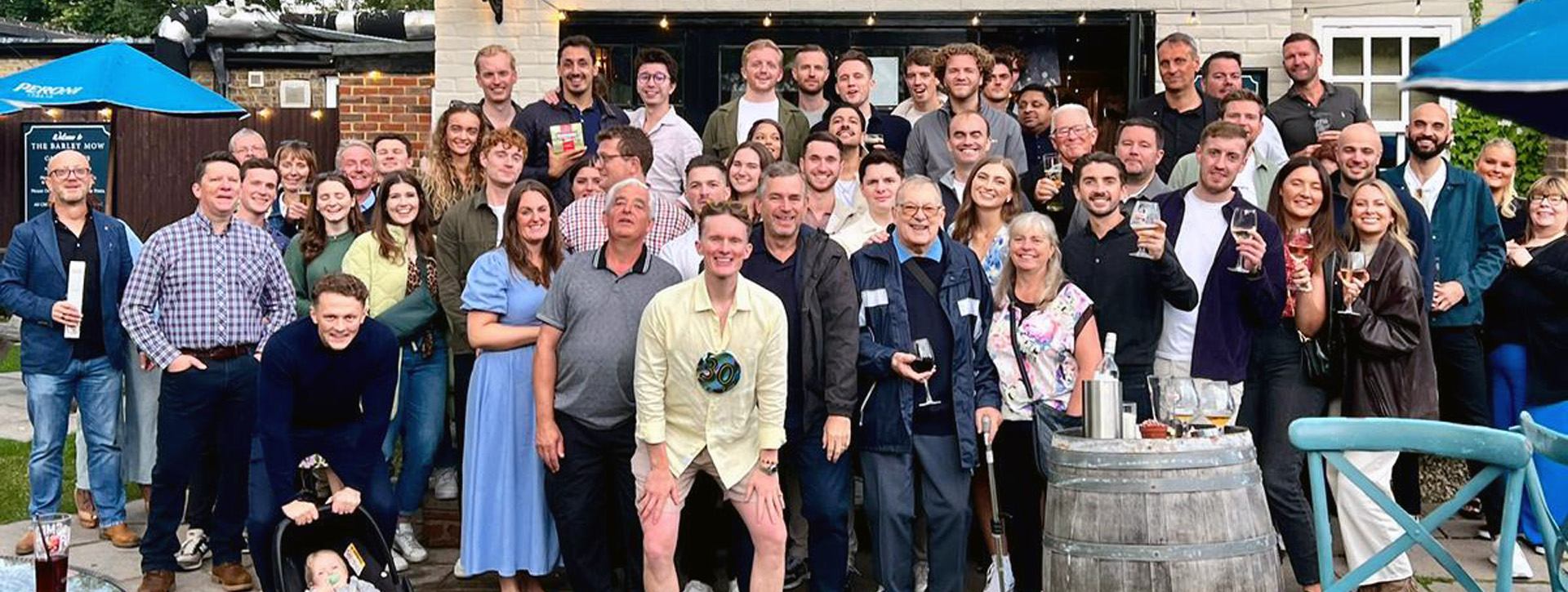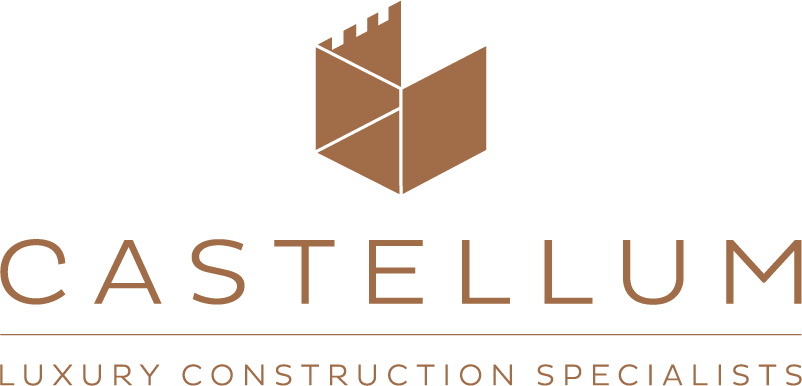The future’s bright
We could not be more delighted to announce that Lyndon Marfell has joined Castellum as Group Managing Director this month.
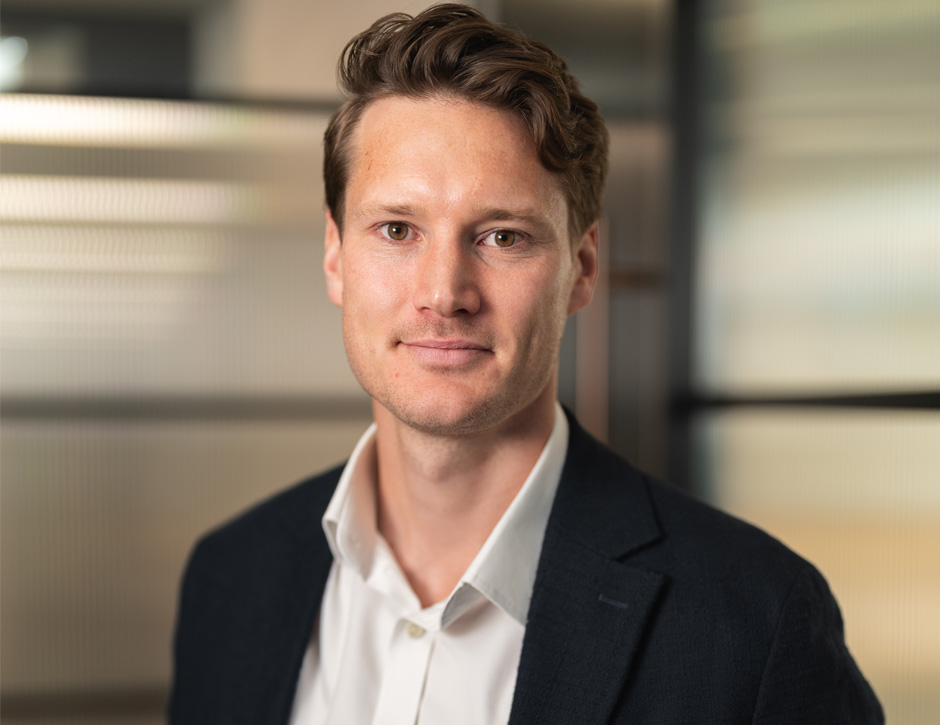
The appointment of Lyndon, from Walter Lilly, follows a period of strong growth and a growing order book across London, Surrey and The Cotswolds. Founding Directors, Ben Jones and Chris Wingrove, see the appointment as a key milestone, bringing in highly relevant experience to help take advantage of the company’s developing reputation and opportunities.
To mark his arrival, and by way of an initiation, we dived straight in to meet Lyndon and fired lots of questions at him – and we love what he had to say:
What excites you about joining Ben and Chris to lead Castellum?
I Identify strongly with the values and ethos that Ben and Chris have built the company on. They’ve done an incredible job and have formed a strong collaborative senior team to take the group forward.
It’s an extremely exciting time in the life of the Group one that I’m incredibly looking forward tonot only being a part of, but leading. I’ve watched Castellum over the years grow into one of theoutstanding players in the London luxury residential sector. It has been an impressive transition from their formation in The Cotswolds to their headquarters in Weybridge, Surrey and now their London base in Belgravia. It’s truly impressive. Most contractors try, and a lot have failed, but over 20 years Castellum has built a solid foundation in all areas through strategic, organic growth.
Do you see the super prime residential construction market in the UK evolving in the next 5-10 years?
Despite Brexit, geopolitical disasters, and Non-Dom reforms, the luxury residential market in the UKis here to stay for the foreseeable future. Most notable reports suggest there remains a high demandin prime central London locations and across the South/South-West, with recent focus on luxury homes in the countryside accelerated by the pandemic. Luxury residences continue to be a stable investment despite economic uncertainties and, with the world moving towards more political certainty in 2025, this should help the sector for the next 5+ years at least.
In terms of evolution, luxury homes have already transitioned to smart homes with advanced home automation via building management, conditioning and security systems now a prerequisite. Recently, I’ve seen more demand for eco-friendly, sustainable construction processes and materials, with energy efficiency and renewable energy featuring more and more. The likes of ground source and air source heat pumps are becoming standard in luxury property designs with biomass boilers and water treatment centres on larger estates featuring more regularly. Wealthy clients, like the rest of us, have a greater awareness of their carbon footprint and most are in the position (and want to) meaningfully reduce it.
How will we plan to differentiate Castellum from our competitors in the high-end residential market?
Castellum is already achieving awards for being exceptional, differentiating us from the pack, winning Best Out of London Home and Best Overall Home of Outstanding Architectural Merit at mlast year’s ES awards and, with me at the helm, there will be a continued drive for excellence and betterment.
I am a big believer in exceptional customer experience and exceeding client expectations. We will retain our focus on a highly personalised service where clients and project teams will continue to have direct access to senior management. We will carry on operating with complete transparency, maintaining clear and consistent communication throughout a project lifecycle and we will provide comprehensive aftercare services to ensure client satisfaction, even after the project is completed.
Castellum already has a strong brand identity and excellent industry partnerships which I will look to build on, reinforcing our values and vision for developing Castellum into a legacy company, continually striving for excellence in the luxury residential market for generations to come.
How would you approach sustainability and environmental responsibility in our projects? What role do you believe these factors will play in the future of residential construction?
Positively! With a huge part to play going forward. I believe we have a genuine moral duty to leave the planet in the best possible state we can for future generations to continue to enjoy. Many of our clients are in fortunate positions where they have the means to make a significant impact now on the way in which their projects are built and the way they live their lives. It’s up to us, as an industry of peers, to educate them and provide responsible environmental and sustainable solutions for their projects to positively contribute to the built environment and society.
It doesn’t need to all be about money though, the cost of many of these solutions is dramatically coming down and a lot are just plain common sense. Whether it’s simply by a focus on local sustainable materials and supply chain selection, waste reduction, water conservation, energy efficiency or informed responsible design, Castellum will always approach sustainability and environmental responsibility positively.
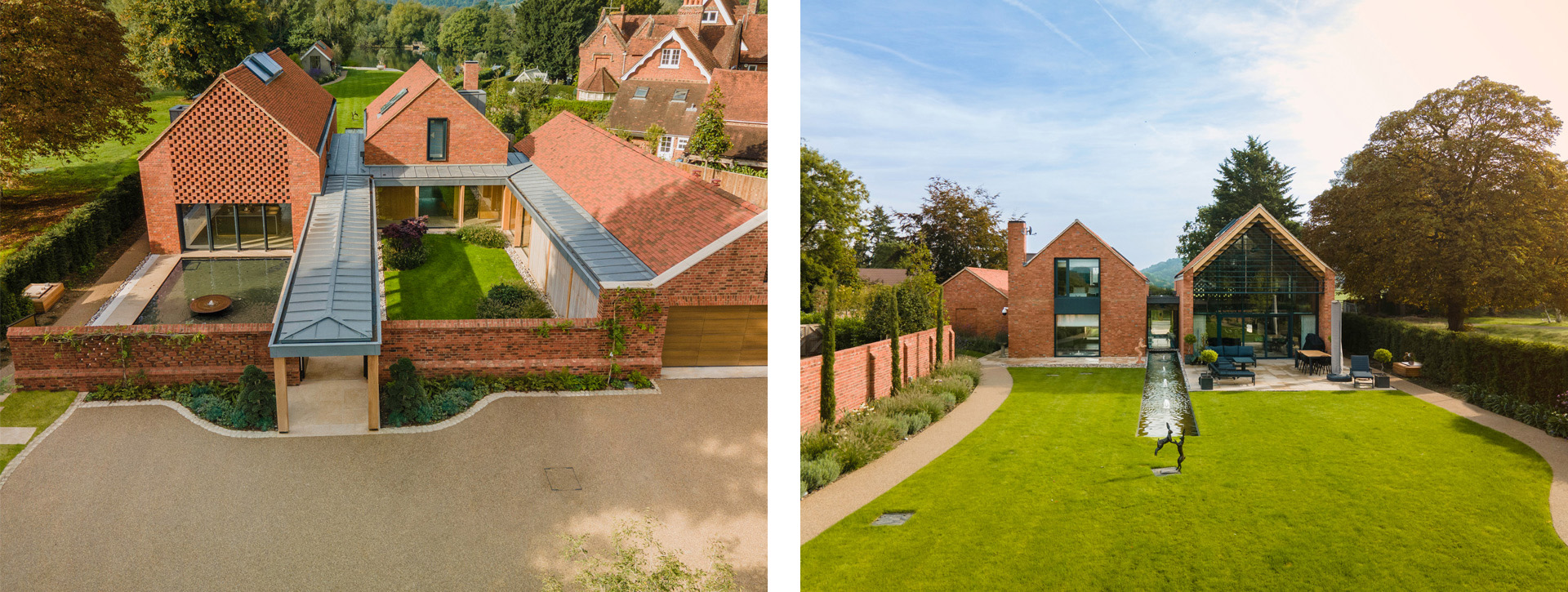
What trends in architectural design and technology do you think will have the most significant impact on luxury residential construction?
I’ve mentioned sustainable and environmental responsibility which I do think will make large strides in the future with Passivhaus and PAS-35 becoming more common place in the luxury residential sector as perhaps it is in other sectors and areas of the world. It’s an extremely exciting time in the life of the Group one that I’m incredibly looking forward tonot only being a part of, but leading. I’ve watched Castellum over the years grow into one of theoutstanding players in the London luxury residential sector. It has been an impressive transition from their formation in The Cotswolds to their headquarters in Weybridge, Surrey and now their London base in Belgravia. It’s truly impressive. Most contractors try, and a lot have failed, but over 20 years Castellum has built a solid foundation in all areas through strategic, organic growth.
Another trend I can see continuing to make a growing impact in luxury construction is biophilic design; where designers and clients create a strong connection between the built environment and nature, to not only improve the aesthetic appeal of the home, but also to promote stress reduction, health and wellbeing. This is done by connecting the building to the natural environment with indoor outdoor flow via open plan designs, large windows, skylights and glass walls, water features and green walls, using organic forms or patterns with earthy tones and, where possible, views of nature. Health is wealth as they say, and the wealthy have long known the importance of keeping themselves fit and healthy so that they can enjoy what life has to offer. We have seen a hugely positive global trend towards health and wellbeing, with luxury clients now starting to incorporate biophilic design in their projects, more often alongside the perhaps more typical physical health areas in their homes such as gyms, pools and spas.
Can you describe your leadership style?
I would describe myself as having a coaching leadership style. I believe in fostering a supportive and collaborative environment where individuals feel empowered to reach their full potential. I strive to build strong relationships based on trust and mutual respect, and I am committed to helping my team achieve both their personal and professional goals. By focusing on individual strengths and areas for improvement, I aim to create a culture of excellence and innovation.
How do you ensure that your company’s values and culture are reflected in every project you undertake?
Clear communication of the these to begin with, ensuring that our employees and industry partners understand the values and culture we are looking to instil. Then embodiment, living these values and culture through our daily actions and decisions to set the tone for the rest of the team, whilst integrating them into processes and evaluating performance based on them, offering regular feedback and gathering key stakeholder feedback to share.
How have you managed teams through periods of significant change or growth? What were the key challenges and how did you overcome them?
I’ve been lucky enough to have been involved in both stable and significant growth periods of companies and have learnt some lessons! During significant growth, communication is key. Keeping the teams informed about the changes that are coming or occurring and being transparent about the reasoning means that people don’t feel things are being hidden from them. Empowering staff to be involved in the process and bring their ideas to the table enables them to take ownership of the change and ensuring that training and support is delivered before it is required means you don’t fall at the first hurdle and create a negative culture around the change. Being disciplined enough to set the course with clarity whilst identifying defined, achievable, goals and ensuring resource is available gives teams the direction and the tools they need to grow smoothly. Encouraging those new faces to share their perspectives and knowledge helps foster a cultural alignment of collaboration and inclusivity and, as always, gather and offer feedback.
Change and growth is exciting but can be felt in completely different ways at both ends of the company. The Directors can think everything is in full control and clear, but the teams may feel they have no idea of what’s going on or what to do, whilst middle management are struggling with opposite feedback above and below them. Done right it can promote company togetherness and comradery.
How do you build and maintain strong relationships with high-net- worth clients?
Building relationships with HNW clients (or anyone for that matter) for me is about honesty, integrity and respect. We should all treat others as we wish to be treated, communicating effectively with discretion and understanding of preferences or needs. I like to take the time to truly understand a client’s needs and preferences, relying on mine or my team’s knowledge and expertise to offer bespoke solutions and a personalised service aligned to these. Maintaining relationships with HNW’s, I believe, is about consistency. Consistently providing excellent service, consistently communicating clearly with discretion and consistently delivering or exceeding what is expected of you.
In construction, communication lines are relatively linear due to the contractual agreements in place between a main contractor and a client. However putting effort in, especially upfront, though also throughout a project, to build strong relationships with clients and project teams is a great foundation for a project’s success.
What is your approach to managing client expectations?
It’s crucial to manage client and project teams expectations to build greater trust, satisfaction and relationships with them throughout the project lifecycle. This starts by setting realistic goals and milestones from the outset, whether that be for design, procurement or construction elements of a build and providing regular updates on these as the works progress with transparency and honesty. As a job progresses occasionally things change, a scope shifts, or challenges appear. I’ve always found it best to face these head on and work through them as a team, bringing solutions to the table first to give clients and their team informed options for which direction to take going forward. Hiding problems and trying to solve them on your own can have disastrous consequences.
So – more about you… If you could design your dream home, what three features would be an absolute must?
Number one would be… A spectacular view. I’m thinking; Falling Water by Frank Lloyd Wright, built out over a water fall in the forest, or The Stahl House looking out over the LA skyline, or Churchills Chartwell looking out over the garden of England, Kent. A spectacular view of nature or a large park and city scape would be number one. I love the outdoors; I do a lot of running and a bit of cycling so would want to have a view of nature and be close enough that I can get out in it, both on foot and on the bike. But I would have to be close enough to the amenities of a town or city, I need my coffee shops, art galleries, and athletics tracks within reach! Unless I can have those at the house…?
Number two would be on a similar theme; indoor outdoor flow. I love entertaining (especially BBQ’ing) and love a good party. So, a large indoor/outdoor area with both indoor and outdoor kitchens seamlessly flowing into living and entertaining areas for the kids to run around in, and for friends and family to enjoy would be number two.
And number three; would be the most gargantuan gym/spa space I could fit in the garden or a double height basement under the house! Exercise has been a big part of my life, and I would just love to be able to start and finish my day with a convenient hard session in the gym/pool/bike/treadmill and recover in a spa at my own house. I’ve installed some pretty special home gyms, spas and exercise spaces in client’s homes, and they have always made me very jealous! I’m aiming for a big PB at London marathon next April and am happy my little garage set-up will get me there. For now…
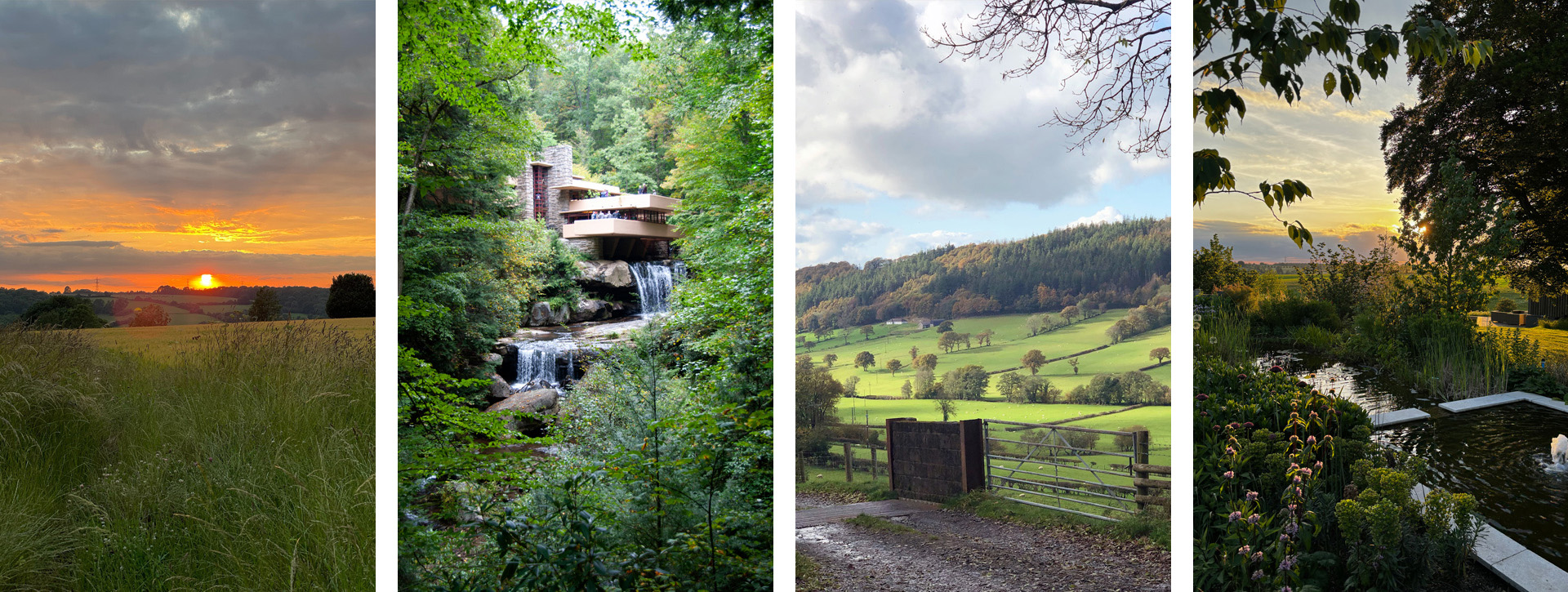
Imagine you could collaborate with any famous architect (living or historical) on a project. Who would it be and why?
I’ve already mentioned one: Frank Lloyd Wright was a genius and probably the top of a lot of modernist lists, but I would go with an even more contemporary duo – Frank Gehry and Fred Van Brandenburg.
I graduated in architectural draughting and technology from Otago Polytechnic, in Dunedin, New Zealand before going on to study Quantity Surveying and Construction Management. At Otago whilst studying architecture I completed a research project on Frank Gehry’s early work and have been mesmerised by his landmark buildings ever since. Being lucky enough to travel the world to visit a few; Dancing House in Prague, Bilbao Museum, The Rock and Roll Hall of Fame in Seattle, and of course he is responsible for half the Battersea Power Station development in London.
Fred Van Brandenburg; is possibly less well known. He’s known as the modern Gaudi in parts (Antoni Gaudi – responsible for Sagarda Familia and many notable buildings in Barcelona). Architecture Van Brandenburg are responsible for some of the most truly incredible landmark city planning projects, buildings, interiors and furniture design in the world over the last two decades, but mostly in China so perhaps doesn’t get the recognition of a Gehry in Western circles. Their designs are based on natural forms of plants and the environment. And all from his base in my hometown in Dunedin, New Zealand. So, I’d love to collaborate with him one day. Worth a look if you like your architecture.
What’s the most unusual or creative request you’ve ever received from a client? How did you make it happen?
On the unusual front; during one of my projects in the past we were asked to move and lower a recently installed and filtered swimming lake with not insignificant Cleopatra baths with waterfalls at one end. It clashed with the desired walk back to the main house from the 9th green of a nearly completed 9-hole golf course. The filtered swimming lake was installed (as I understand it) because they couldn’t get planning approval for a contemporary outdoor swimming pool on the estate. A nice solution. The lake was for one half of a high-powered UHNW couple, and the golf course was for the other half… and both were giving opposite views as to whether the lake was staying or moving. After some delicate expectation management and transparent concise communication by the project team, a collaborative agreement was reached… and the lake was moved.
Thank you Lyndon! We really enjoyed our Q&A with you and are now off to Google Architecture Van Brandenburg…
We are sure you will all be as excited as we are, to welcome Lyndon to Castellum where the future has just got even brighter!
Meet The Team – or should that be, Meet The Team’s Furry Friends?

Bilbo / Ben
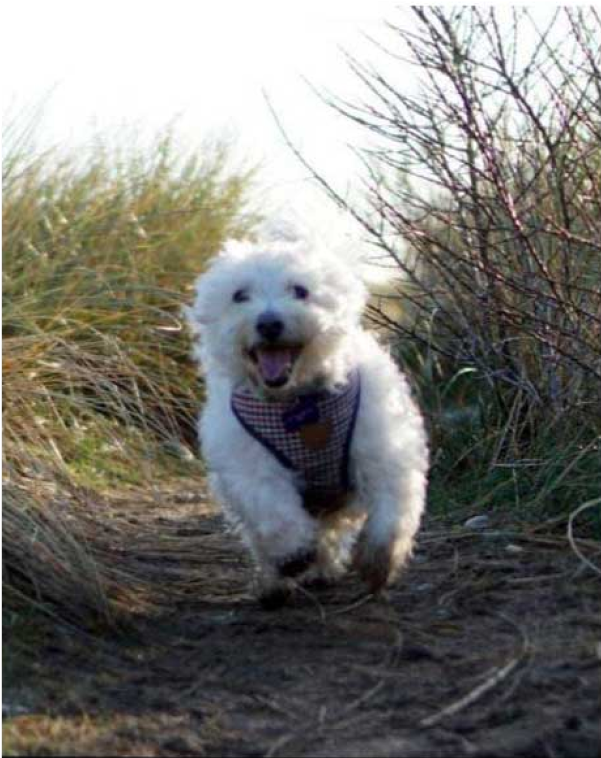
Arnold / Emily

Dexter / Becks

Frodo / Dorcas
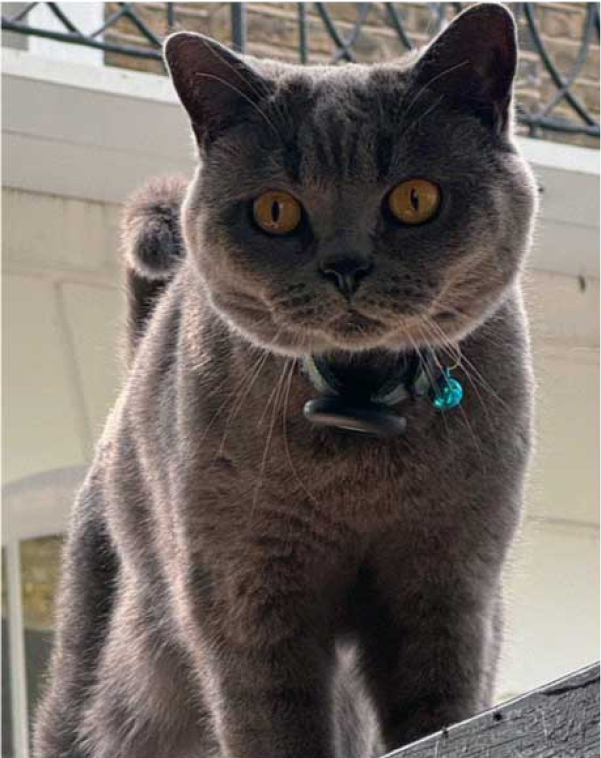
Bruce / Dan

Harvey/Brett

Fifi / Phoebe

Bella / Jon

Lollie / Flossie

Billy / Ben Young
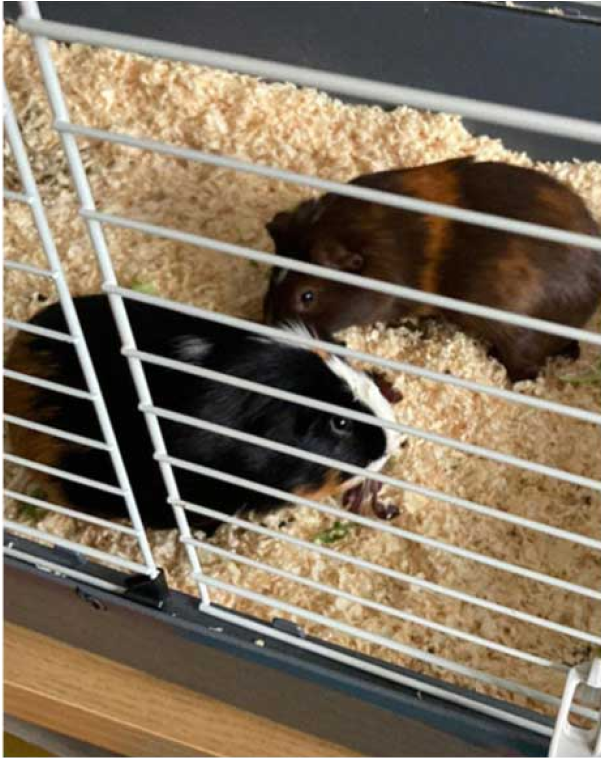
Bob & Paul / Brett

Elvis / Chris

Frank & Bonnie / Dan

Jet / Dorcas

Paul & Albert / Tim

Oscar / Lee

Poppy & Indy / Jack
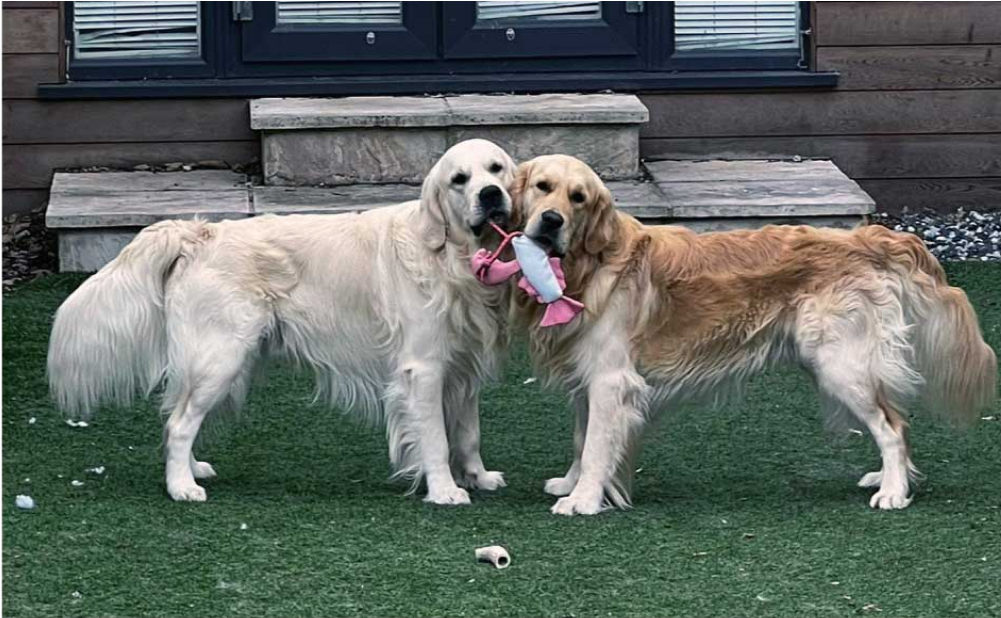
Tee-J & Fozzie / Geoff
Highlights
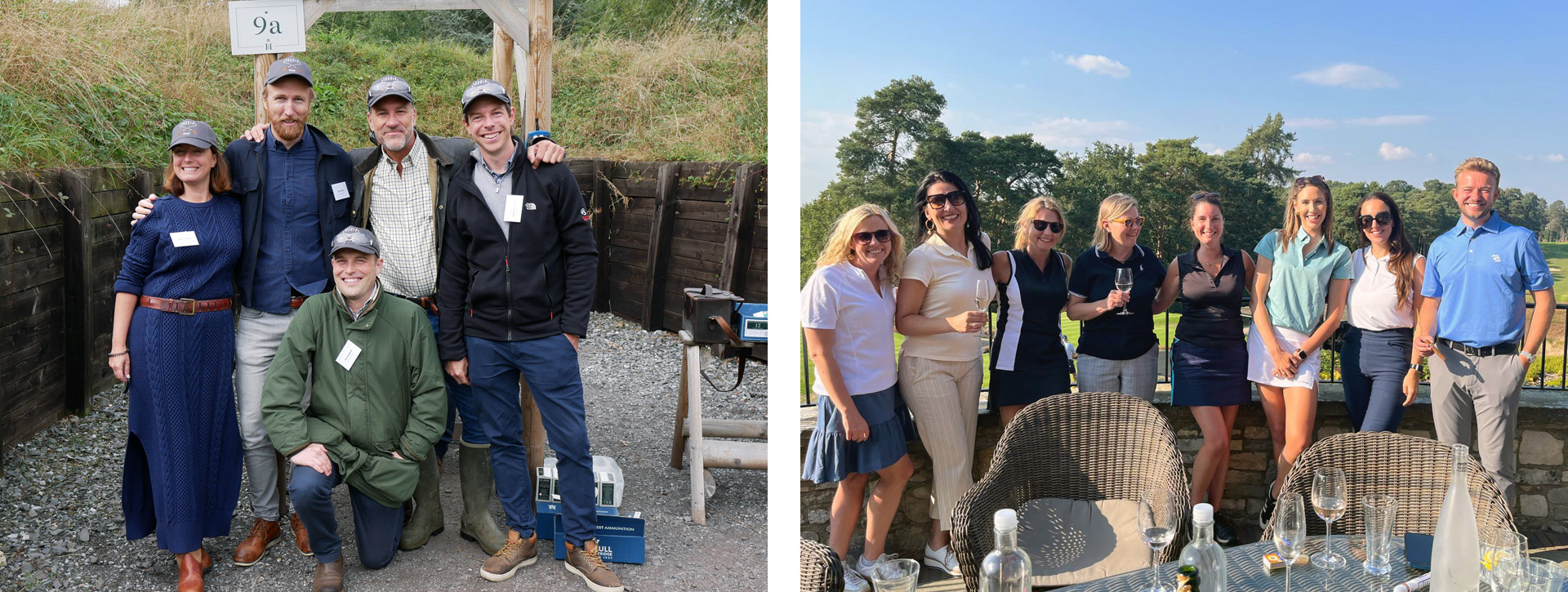
In the Cotswolds I have been to the fabulous home of Restoration Hardware UK at Aynhoe Park, a fabulous Palladian Grade I listed mansion. It is the most incredible building and well worth a visit. To say that it is inspiring does not quite cover it and RH has taken full advantage of this incredible setting to showcase their wares. I was also sent to another magical place to check up on the progress of a fountain installation for some clients – what a treat that was too. I met Alex Puddy at Heritage Handmade Garden Collections at Taddington Manor. They make and supply heritage handmade garden features These artisan crafted pieces include garden planters, fountains, furniture and ornaments that take inspiration from antique originals. Each item is handmade to order with bespoke commissions undertaken and the workmanship was superb!
www.heritagegardencollections.co.uk
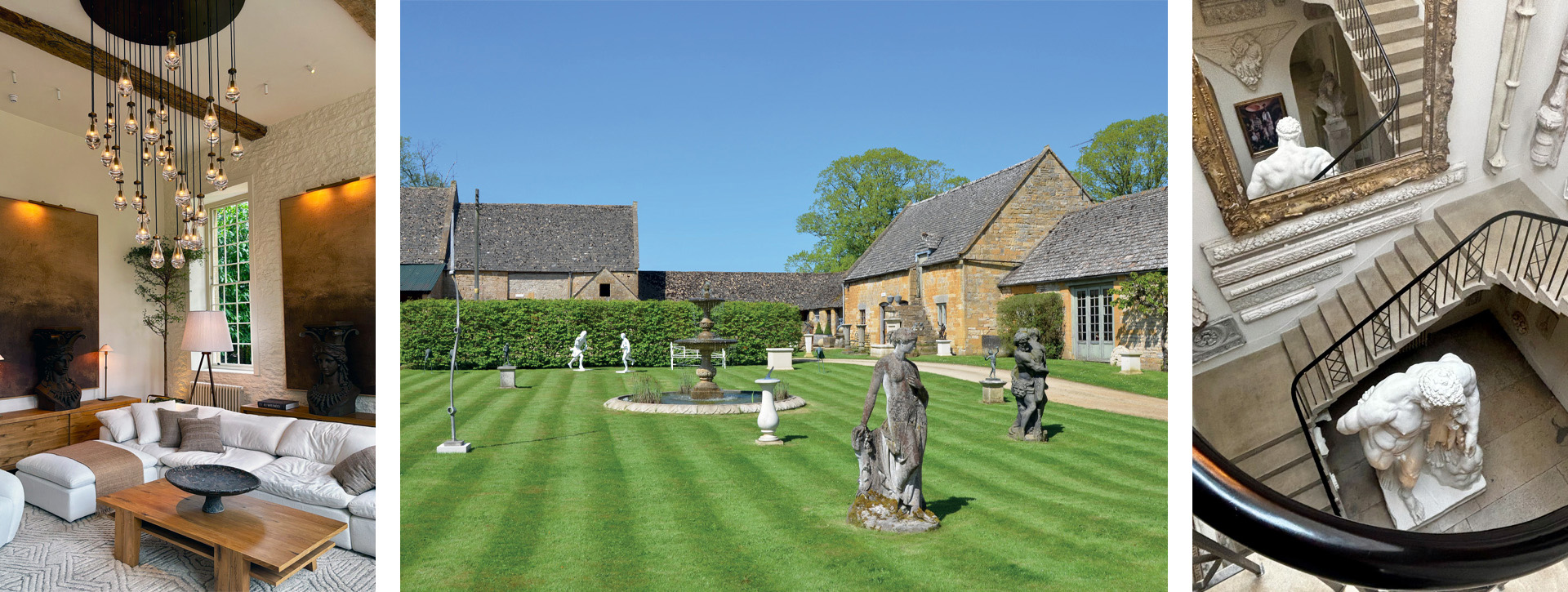
Birthday Fund Raiser
Not wishing to miss an opportunity to raise funds for ‘Mates In Mind’, a construction mental health charity, Ben Hoskins celebrated his big 30 by turning his party into a fund raising event. Raising just shy of £1000 he ran a raffle and an auction, rewarding his guests with entertainment from a magician and a DJ. Next up he will be running the London Marathon next year! This is clearly a superb charity. Please support him if you can by following this link.
